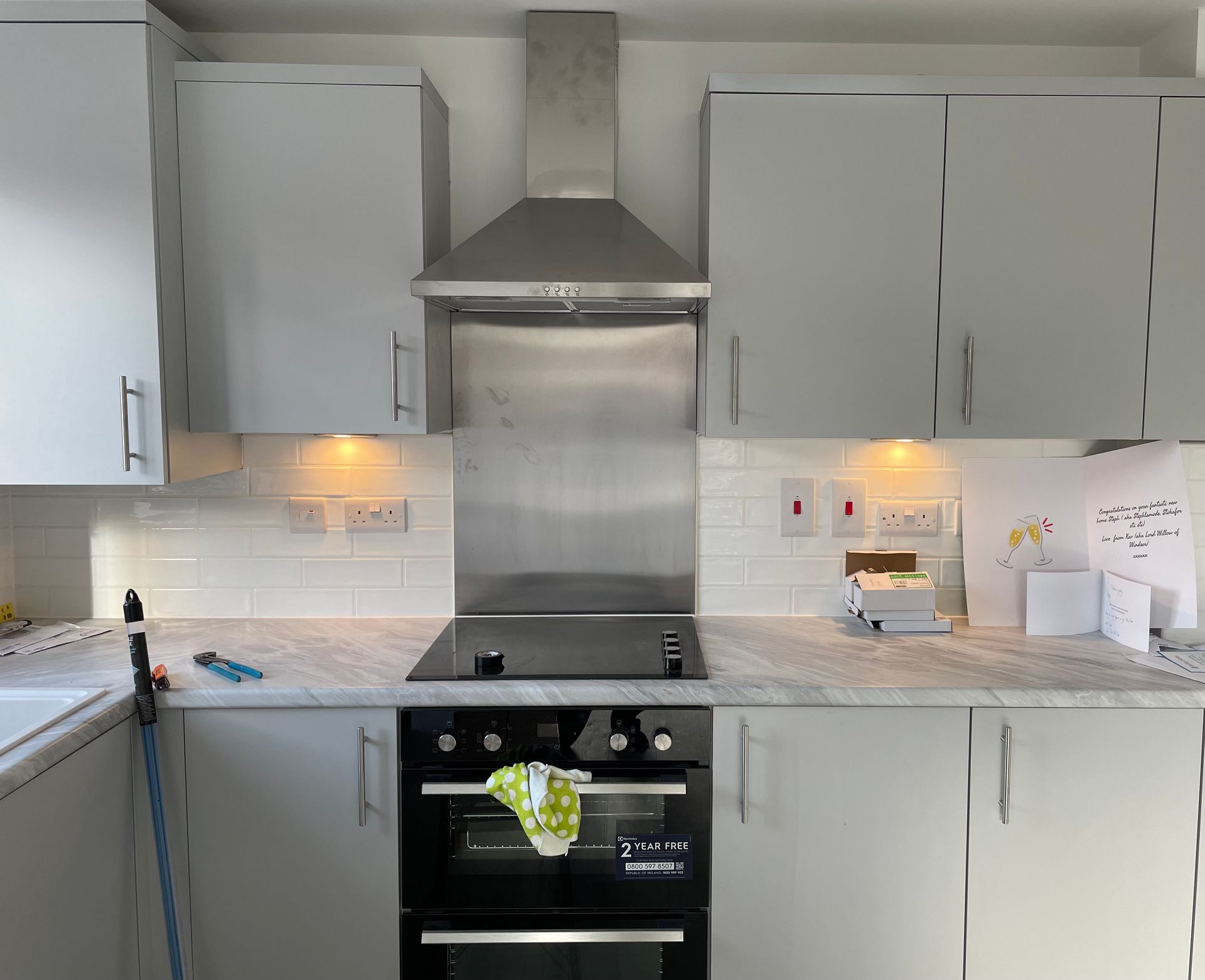Buying a new home is an exciting experience

Buying a brand new home is an exciting experience, whether it’s your first home or you’ve bought before. However, there are some things worth being aware of so you know what to expect before you move in.
Moving in
Your home builder should have arranged to hand over the home to you and shown you its facilities and how they work. They may even ask you to sign a document to confirm you have had a demonstration and have received keys and other items.
You may notice during this demonstration that there are some defects or deficiencies with your home and you should make a note of these as it helps the builder to understand what they may need to do to put right them right. This is often referred to as a ‘snagging list’.
Standards of finish
Every house is different and has been individually built. Inevitably that means there will be some variation in the finished appearance due to the nature of the materials used and the ways in which they are applied. Slight variations are normal and to be expected, so don’t expect complete uniformity with your neighbour’s home.
The supporting home warranty bodies require certain standards of finish and issue technical guidance to their registered builders and inspection staff to help explain what is acceptable and what is not. These standards cover things such as brickwork, internal plaster, render and paintwork.
Settling in
Your home will require a period to settle in and this includes allowing it to dry out gently.
During this period, you may notice minor cracks in walls, gaps in joinery and white deposits on the walls – all are completely normal in new homes, and may occur regardless of the measures you take to ensure that they do not.
Here are some of the common issues you may come across and what you can do:
Drying out
Generally, it will take around nine months to one year for your new home to dry out.
Small cracks in the walls and gaps in joinery are both common signs of shrinkage. This happens when timbers and other materials contract as they dry out. It’s extremely unlikely that these cracks are anything structurally significant, and they can normally be put right very easily with ordinary filler and a simple lick of paint during routine redecoration.
To keep cracks and gaps to a minimum, you need to allow all the materials used in constructing your home to dry out gradually. Shrinkage is accelerated by heat, so try to keep an even temperature throughout your home and, if you move in during the winter months, don’t be tempted to turn the central heating up to its highest setting.
Leaving your windows open (or at least the vents within their frames) will help to ventilate your home and allow moisture to evaporate more naturally.
The length of time your house takes to dry out depends on how it was built and what sort of weather conditions there are when you first move in. Generally speaking, it will take around nine months to a year.
Efflorescence
The appearance of a white deposit on the wall (known as efflorescence) can also be an effect of the drying-out process. These white deposits are actually natural salts that come out of the wall materials, and are quite normal. These salts are not harmful and usually disappear over time, and where they appear on internal walls, they can be brushed or wiped away. However, if the white deposits continue to appear on internal walls, it could indicate something more serious, such as a water leak. If that’s the case, you need to contact your builder or a competent tradesperson as soon as possible.
Condensation
Usually caused by steam or water vapour coming into contact with cold surfaces, such as walls, ceilings and windows. It can be the result of evaporation of moisture from building materials, which is quite common in new homes. However, if allowed to persist, condensation can result in the appearance of mould on interior surfaces and even on furnishings. Ventilating your home by opening windows and not drying clothes out indoors on radiators can help reduce this.
The first two years
This is usually referred to as the builder warranty period or defects insurance period.
If you feel that an element of your new home is not finished to the required standard, please get in touch with your builder who is responsible for putting right defects that develop within the first two years of your purchase.
If you have reported these to your builder and they have either failed to rectify them in a reasonable time or are unable to rectify them due to insolvency, then you should contact your home warranty provider who may be able to help or offer advice through their own dispute resolution service. They may even be able to complete the work if the builder is not able to.
Three to ten years
This is usually referred to as the structural insurance period and usually continues to protect the home by insurance cover until 10 years after completion.
This means your home warranty provider will pay the cost or carry out remedial works for issues covered by your policy and will usually include items such as foundations, walls and cladding, roofs, flues and chimneys, ceilings and load bearing parts of the floor and glazing in outside windows and doors.
The Consumer Code
If you feel that you have not been treated fairly, or given information on what levels of service to expect, or been fully informed about your purchase and your consumer rights before and after you move in, you may be able to bring a complaint through our Independent Dispute Resolution Scheme. Check our further details on how this works here: consumercode.co.uk/home-buyers/how-are-complaints-dealt-with/independent-dispute-resolution-scheme-work
However, you should always speak to your home warranty provider first so that they can deal with any issues that might fall under your home warranty policy and/or offer support (as outlined above) through their own dispute resolution service.
Please note the Consumer Code does not cover snagging or structural defects as these are already covered by warranty providers.



